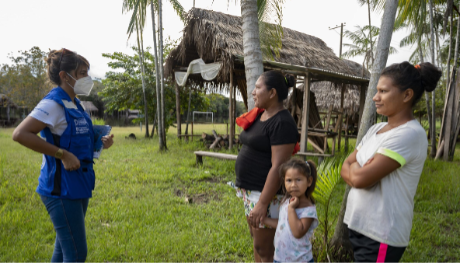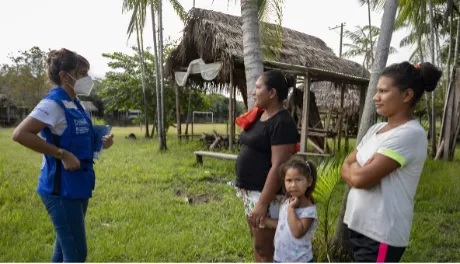
Photo: PAHO/WHO Colombia.
Recognizing that economic and social inequalities heighten NCD risk factors for people in vulnerable conditions, Colombia implemented the healthy and sustainable cities, environments, and rural areas model. Utilizing an intersectoral approach, the project provided strategic orientations to local policymakers on how to approach the problem of NCDs by delivering training tailored to different sectors (e.g., health workers and the media). The project targeted two regions, Cauca and Huila, to better understand the living conditions that influenced access to services. Rapid assessments and needs diagnostics were conducted, allowing for the development of a coherent health plan in line with the realities of the communities.

